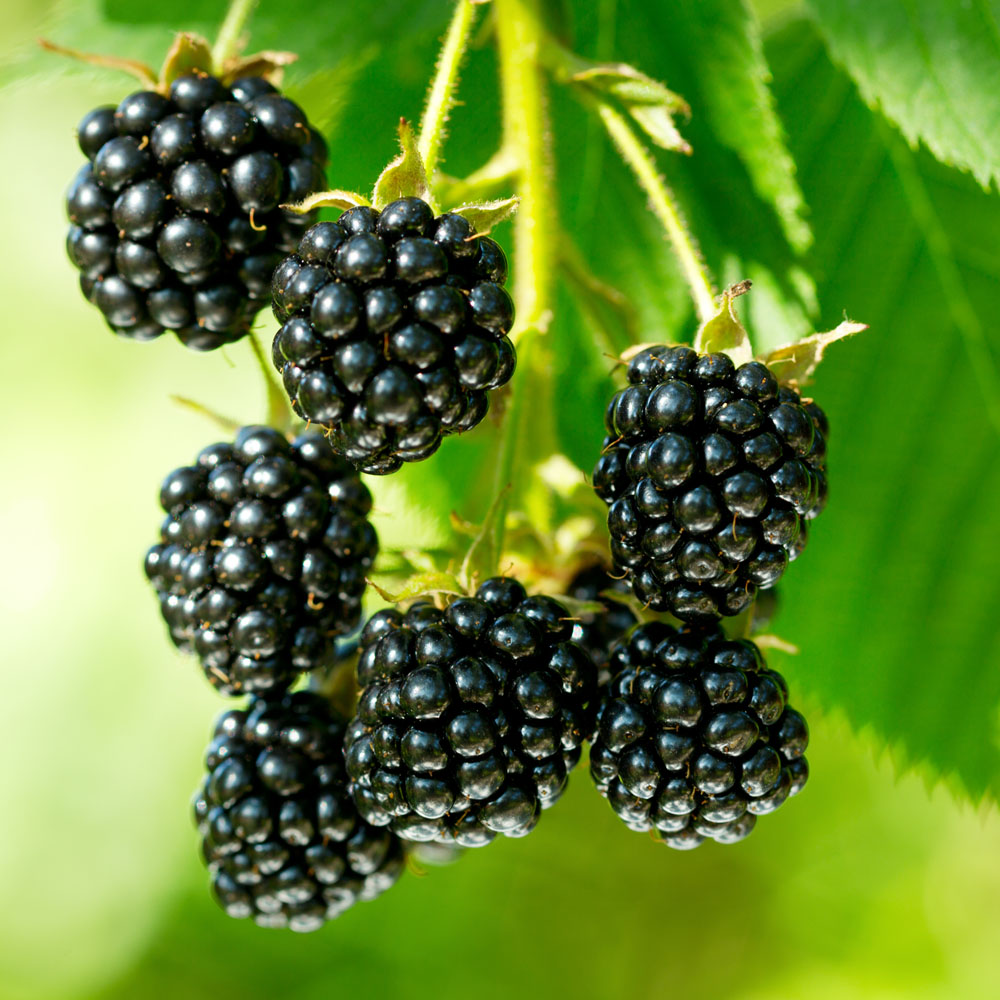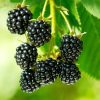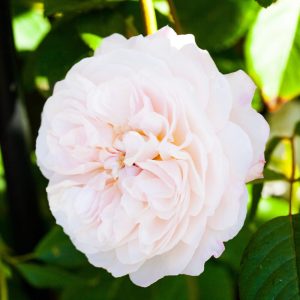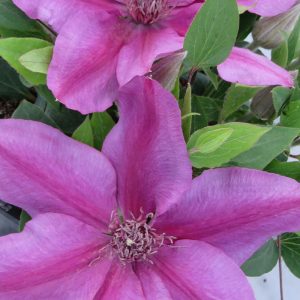Description
Rubus fruticosus, commonly known as blackberry or bramble, which is a species of flowering plant in the rose family Rosaceae. It is native to Europe, but has been widely introduced and naturalized in other parts of the world. The blackberry is a perennial shrub that typically grows up to 3 meters (10 feet) tall, with long, arching canes that can reach up to 9 meters (30 feet) in length. The leaves are green and are divided into three to five leaflets with serrated edges. The flowers are white or pink and bloom in the summer, and the fruit is a dark purple-black berry that is typically harvested in the late summer or early fall. Blackberries are a popular fruit that are used in a variety of culinary applications, including jams, jellies, pies, and other desserts. They are also used in some savory dishes, such as sauces for meats. The blackberry plant is easy to grow, and is often used in landscaping or as a hedge plant. However, it may require regular pruning to keep it under control. Additionally, the plant is prone to certain pests and diseases, such as cane blight and spider mites, so it is important to monitor the plant for any signs of damage or distress.
Key Facts
- Common Name(s):Blackberry ‘Karaka Black’
- Hardiness:Fully hardy
- How big will I get? Rubus fruticosus ‘Karaka Black’ can grow to a height of 2m and a spread of 4m.
- Did You Know That:Blackberries have a unique flavor that combines sweetness with a slight tartness.
Plant Calendar
A rough guide to how this plant will change through the year.
| Jan | Feb | Mar | Apr | May | June | July | Aug | Sept | Oct | Nov | Dec | |
| Flowering Time |  
| |||||||||||
| Foliage Colour |  |
 |
 |
 |
 |
 |
 |
 |
 |
| J | F | M | A | M | J | J | A | S | O | N | D |
 
| |||||||||||
 |
 |
 |
 |
 |
 |
 |
 |
 |
Care Guide

Soil Requirements
Rubus fruticosus ‘Karaka Black’ prefers moist but well-draining soil. This plant can grow in soil with a wide range of pH levels, it is not picky about the pH level of the soil.

Best Position
Rubus fruticosus ‘Karaka Black’ prefers a sheltered position and can cope with either full sun or partial shade.

Maintenance
Rubus fruticosus ‘Karaka Black’ should be pruned regularly. Start by cutting out any dead or diseased canes at ground level after the harvest. In late winter or early spring, prune out old fruiting canes that have finished fruiting at ground level. To promote air circulation and sunlight penetration, thin out any overcrowded canes. Remove any suckers that are growing from the base of the plant as they will not produce fruit and will compete with the fruiting canes for resources. Select the strongest and most vigorous canes, and cut them back to about 3-4 feet tall.

Pest, Diseases and Wildlife
Rubus fruticosus ‘Karaka Black’ is generally pest free, and it tends not to have problems with diseases. It is also known to attract bees, butterflies and other pollinators. It is not considered to be toxic.





